Beyond 5G: Fujitsu's breakthrough technology advances post-5G applications
January 6, 2025
Japanese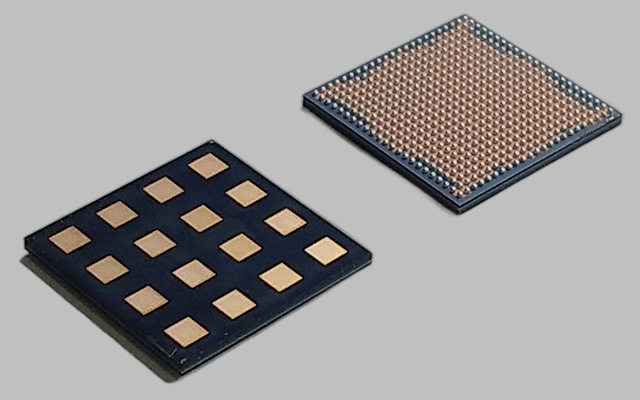
The increasing usage of wireless devices, such as smartphones, impacts on network congestion that occurs in high-population areas due to higher traffic volumes. To maintain seamlessly wireless connections, it is anticipated that we will rely increasingly on the low and mid bands (i.e sub-6 GHz) in current 5G networks, creating spectrum resource scarcity problems. By taking advantage of millimeter wave (mmW) bands, it will be possible to access high speed and large capacity capability due to a large continuous frequency bandwidth.
We developed a high-speed, high-capacity, compact wireless module by focusing on 47 GHz band, a higher-frequency band allocated in North America for 5G mmW bands, and utilizing the advantages of its short wavelength. In particular, high heat dissipation, with a thermal resistance below 0.3 K/W, was achieved to mitigate the self-heating problem caused by the highly integrated circuit. Furthermore, the transmitter error vector magnitude, a key performance indicator in data communication, was less than 3.9%. This satisfies the 3GPP* test requirement (less than 4.5%) and represents a big step toward the development of small post-5G base stations utilizing mmW bands.
- *3GPP: An international standards organization that reviews and formulates specifications for mobile communications systems.
Overcoming the challenges
mmW bands suffer from a short propagation distance due to significant path attenuation, and a high sensitivity to obstacle blockages due to strong directivity. To enable robust and highly reliable mmW networks, a beamforming architecture is required with a large scale active phased antenna array module, enabling compensation for significant propagation losses through maximizing signal strength towards the desired direction. Additionally, it is possible to use multiple short-distance radio unit deployments to improve high sensitivity to obstacle blockages. This requires a compact, low-cost, and highly reliable radio unit.
Current research into miniaturization in the 28 GHz band employs antenna-on-board technology, which suffers from lower system power efficiency due to the increased feed line losses by utilizing higher frequencies. Antenna in Package technology, which integrates ICs and antenna inside a package, provides a more efficient solution for reducing the feed line loss and enables smaller devices. However, in order to realize a large scale active-phased antenna array module, there are major obstacles in developing a compact and highly integrated Beam Forming IC and the thermal management of the self-heating effect due to the high integration circuits.
Fujitsu’s breakthrough technology
The Fujitsu product development team has achieved a significant advance, overcoming these challenges, developing a breakthrough technology for the 47 GHz band. This involves a compact low power consumption 32-channel beamforming IC with dual polarization capability, together with a compact high heat dissipation Antenna in Package (AiP) module using redistribution layer (RDL) technology and employing a face-up configuration. This band, a higher frequency band in the 5G mmW bands, necessitates a carefully integrated design due to its short wavelength.
The 32-channel beamforming IC, the smallest in its class at 9.13 mm x 9.48 mm, employs a bidirectional frequency converter and an IF phase shifter architecture to realize its compact size. It is fabricated in the 55 nm CMOS process that is highly compatible with digital technology, offering low cost and massive production capability. The developed transceiver chip has 16 channel transceivers in each H and V polarization, and it implements SPI (Serial Peripheral Interface)interfaces to control beam directions. It can also offer the ability to support Beam Forming and MIMO(Multiple Input Multiple Output).
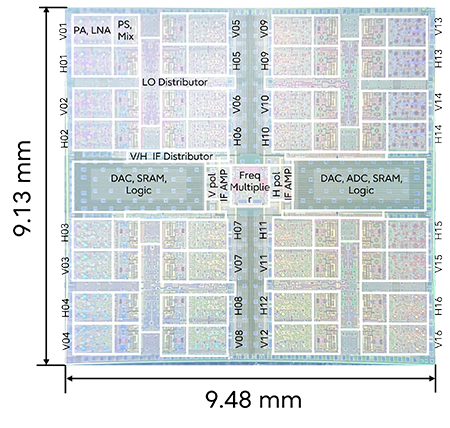 Fig. 1 47 GHz dual polarization 32 channels beamforming integrated circuit
Fig. 1 47 GHz dual polarization 32 channels beamforming integrated circuit
Regarding transmitter EVM measurement under the over-the-air (OTA), the transmitter can deliver an equivalent isotropic radiated power (EIRP) of 30.1 dBm with single polarization and demonstrates transmitter error vector magnitude (EVM) of less than 3.9 % under the 5G NR modulation scheme (256QAM, 100MHz Bandwidth).
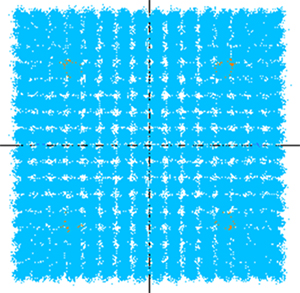 Fig.2 256QAM constellation diagrams of Antenna in Package module under over the air
Fig.2 256QAM constellation diagrams of Antenna in Package module under over the air
(Constellation diagrams:Visualize the accuracy of communication quality)
Additionally, for the development of Antenna-in-Package technology, we have employed a face up configuration, placing the IC's circuit surface on the upper side. The close proximity of the antenna to the transceiver circuit leads to low feed line loss. Furthermore, the solder balls, which are directly connected to the backside of the chip, function as a heat spreader. This structure results in reduced feed line loss and enhanced heat dissipation. This approach achieves a thermal resistance of below 0.3 K/W, suppressing performance degradation due to self-thermal emission from a highly integrated compact Beam Forming IC and greatly enhances reliability(Fig. 3,4). This represents a big step toward the realization of high data rate, extreme low latency, and massive connective capabilities of post-5G base stations utilizing mmW bands.
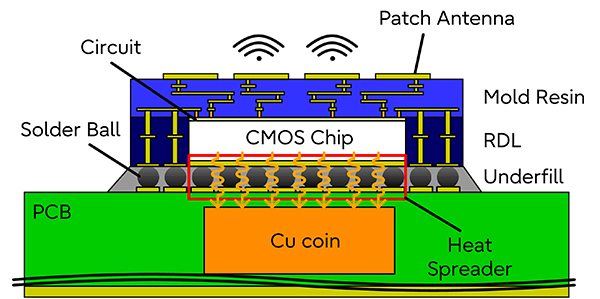 Fig.3 Cross section view of face up configuration RDL Antenna-in-Package
Fig.3 Cross section view of face up configuration RDL Antenna-in-Package
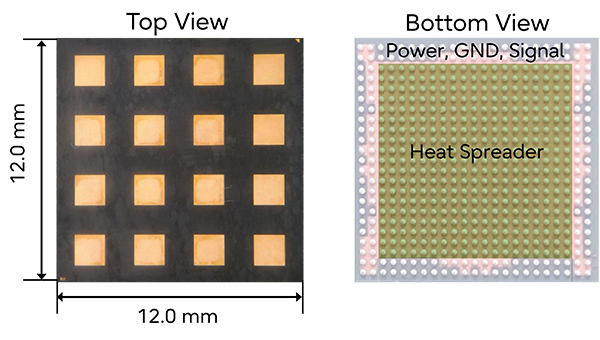 Fig.4 4×4 47GHz RDL Antenna-in-Package
Fig.4 4×4 47GHz RDL Antenna-in-Package
This newly developed technology was presented at the 2024 19th European Microwave Integrated Circuits Conference (EuMIC), Europe's largest conference dedicated to microwave integrated circuits.
A compact 47 GHz Band 2×16ch CMOS Phased Array Transceiver Chip with Bi-directional IF Phase Shifter and IQ Mixer![]()
This result is based on results obtained from a project, JPNP20017, subsidized by the New Energy and Industrial Technology Development Organization (NEDO).
Looking ahead
In the future, we will be concentrating on further improving the efficiency of this technology, with the aim of commercializing it in the future. We are also planning to implement it in modules, and evaluate its reliability as the next steps



